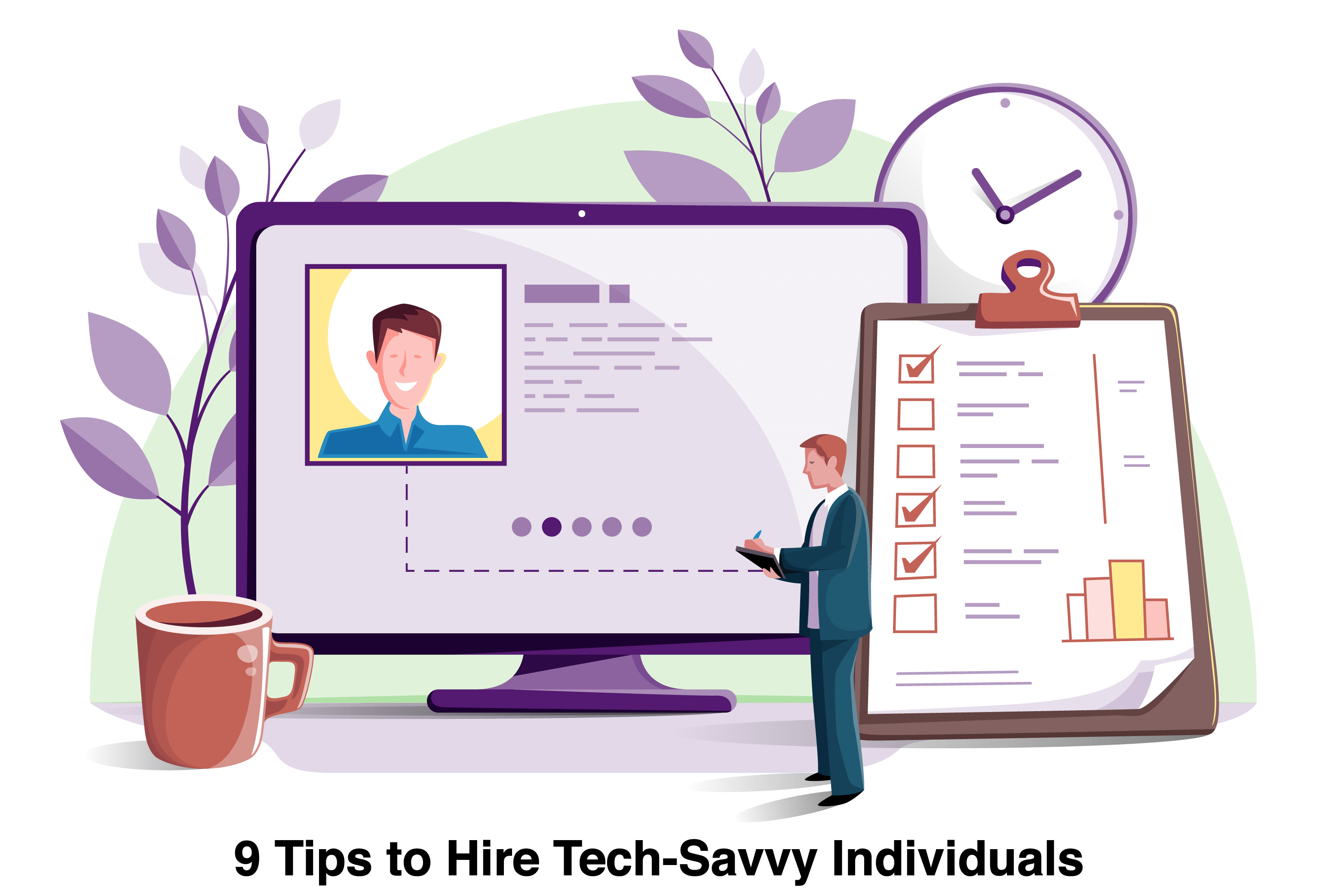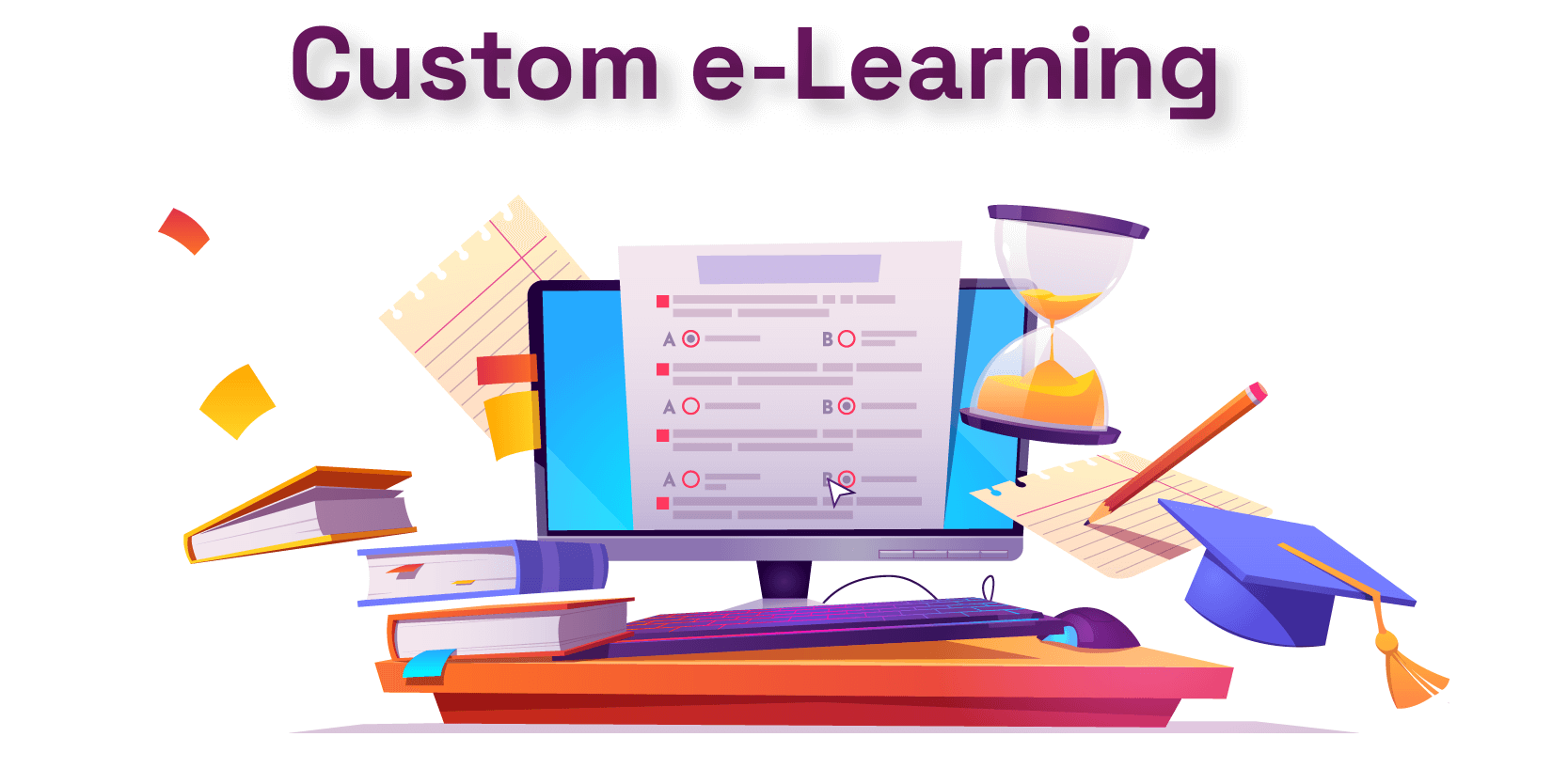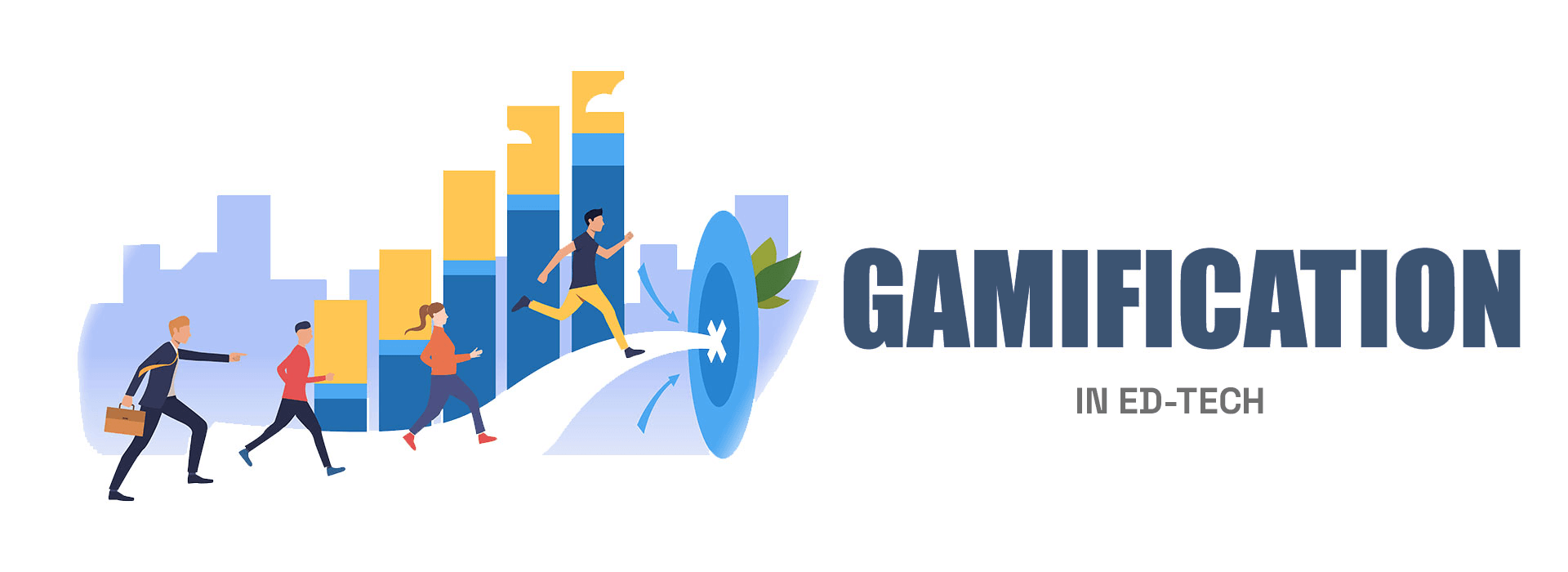
Tech skills are no longer exclusive to the IT department. They are now used by anyone from administrative assistants to factory employees. Simple computer skills, such as quick typing, basic research, and MS Office knowledge, are required for almost every job. To you, what does “tech-savvy” imply? Is it someone who can fix a programming problem or edit an Excel spreadsheet? Or someone who can build an email marketing campaign and update a blog page once a week?
Checking a candidate’s tech knowledge is crucial, since they should be able to use the most popular resources for the job, or at the very least be willing to learn how to use them. This will also assist you in narrowing down the applicant list to the best candidates.
Let us list down the questions you can ask to identify whether the candidate you are looking to hire is tech savvy or not.
Do you use any online tools or resources to find answers to the problems you encounter at work?
This query assesses a candidate’s ability to use a search engine. How-to guides and basic research can be found in abundance on Google and other online resources. A tech-savvy employee can use these tools to solve problems efficiently at home and at work on a daily basis.
What technologies do you utilize on a day-to-day basis?
This question can be used to determine whether or not an applicant is familiar with the technologies used at your company.
Candidates who are unfamiliar with the hardware and software you use would almost certainly need training before they can perform at their best. An applicant who uses the efficiency software in your home office, on the other hand, will be familiar with each application’s ins and outs.
They’ll arrive more productive than the average employee on day one. You can ask about specific technologies with this question if there’s a key technology that you want a candidate to have experience using.
Looking from the perspective of your last job, were there technologies that would have made you more productive?
Employees who are tech-savvy aren’t just knowledgeable about how to use and troubleshoot technology. They also consider how technology will help them be more efficient during their day. They make recommendations to their bosses when they find a workplace or team that isn’t using technology to its full potential.
When an employer falls behind in technology, tech-savvy workers are more aware of it, and some will leave as a result. Listen for clues on how a candidate’s previous employers used or didn’t use technology during their response and employees who are tech-savvy are more likely to notice ways to develop business processes and applications first.
Tell us about the time you had to troubleshoot a computer program. How did you resolve it?
For this question, you can fill in the program with any application that you’d expect the candidate to use daily.
The technical support load that employees place on a company’s IT department impacts its ability to develop more productive information systems. A candidate who can demonstrate basic troubleshooting skills with computer software will solve common glitches themselves instead of calling the IT department.
What sort ways do you expect technology to change how you work into the future?
Another way to assess a candidate’s technical aptitude is to inquire about their thoughts on how technology will impact the workplace. Employees who are tech-savvy are also the first to embrace emerging technology before the rest of the business.
They think about future technology and how it will affect their lives more than the average person. A tech-savvy candidate should be eager to share their ideas about where technology is going in the future.
When you create presentations, what software do you use?
If the job requires you to give presentations, you should inquire about the candidate’s approach to developing visual aids and planning for them. You may learn about online slideshow apps rather than the default Microsoft PowerPoint responses, depending on how tech savvy they are.
You can give them bonus points if they mention looking for models online or researching their presentation subject.
If your business has switched to cloud-based applications, candidates who are used to online or cloud apps will have the necessary skills.
What Software Problems Have You Faced in the Past, and How Did You Solve Them?
No matter how knowledgeable, eventually everyone will have to troubleshoot a pesky program.
Employees who can problem-solve on their own will save you valuable time. Even if they can’t find a solution to every issue, they can narrow down the list of possibilities for tech support.
Ask the applicant to guide you through a technical problem they’ve already solved. Making the question more general would enable applicants to demonstrate their ability to think creatively. The aim isn’t to offer a “right” response, but to show how they can look for answers on their own first and know when they need support.
How Do You Stay Up-to-date with Changes in the Technical Field?
Even if a position only uses a few software programs, it’s likely that they’ll upgrade and adjust their settings at some point. Microsoft Office Suite and Adobe Photoshop are well-known for updating their user interfaces and functionality on a regular basis.
Candidates should be comfortable adapting to changes, whether in the software itself or in company workflow. An ideal candidate works to solve issues themselves and knows where to seek help when they are stuck.
Some questions you can ask to determine how well the candidate handles change include:
- How would you respond if you opened your app to find the layout had changed?
- Do you know how to upgrade apps or switch on auto-update features?
- What kinds of problems can you want to tackle on your own? When would you go to management with a problem?
Some useful responses include trial-and-error for a new software upgrade, looking for a support guide in the program or on the internet, and consulting company documents for guidance. A tech-savvy candidate would be willing to try out features on their own and will know who to contact if they are unable to resolve their problem. They’ll even know when to take a problem to the next level. Security threats, changes that could result in lost data, or updates that go against the current company guidelines are all good examples of when an employee should seek out management or IT for guidance.
How Would You Describe a Tech-savvy Employee?
You will figure out what abilities they already have and what they consider valuable by listening to their own definition of tech-savvy. And if their current abilities aren’t quite up to par, this may give your insight into what areas they want to develop. You may also inquire about their favorite gadgets and services. If you like Adobe Photoshop, you’ll probably enjoy learning other image editing applications as well. QuickBooks users can learn how to use a variety of accounting tools.
An applicant who is familiar with a particular program will usually pick up similar software easily. It isn’t necessarily important to recruit someone who is knowledgeable about the specific services you use. Rather you want someone who can adapt their skills to your preferred choices.
Conclusion

Tech-savvy employees are a true asset to each workplace. They bring a problem-solving mindset to work and increase the business’s bottom line dramatically as they recover quickly from problems and realize new ways to get more done.











